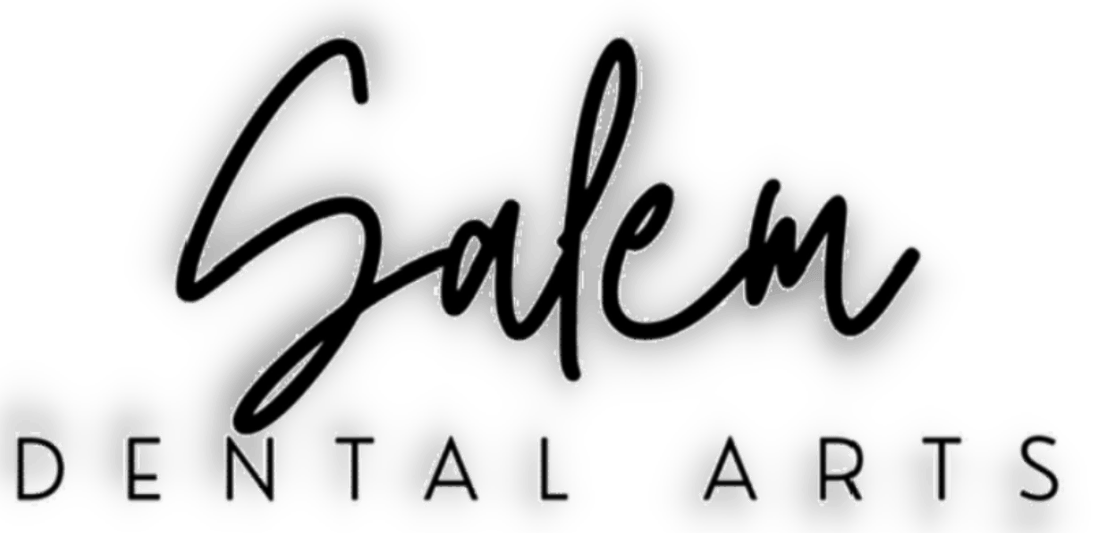Guided Biofilm Therapy in Salem, MA
Preventive care through daily brushing and flossing followed by regular dental cleanings is one of the most important steps you can take in your dental health. Harmful bacteria found in plaque and debris can be highly destructive to your teeth, gums and supporting bone. At Salem Dental Arts, we follow a simple eight step routine in Guided Biofilm Therapy in Salem, MA to help our patients remove bacteria. Together, we can help you achieve and then maintain healthier teeth and gums
Guided Biofilm Treatment (GBT) is a prophylaxis treatment to remove bacteria filled biofilm from your teeth and below the gumline. Biofilm is a thick slimy layer that is secreted by bacteria, it can be difficult to remove and difficult to treat. We apply the following GBT steps:
1. Assess: The first step to any therapeutic treatment is to assess the level of need. We begin with having the patient rinse using an antimicrobial mouth rinse. This is followed with reviewing relevant medical and dental history. There are some medical conditions that can accelerate or heighten the development of gum disease. We then assess risk factors for the patient through a probe and screening process to help determine what level of treatment is needed.
2. Disclose: Using a purple solution, we can disclose the amount of biofilm present. This is helpful for the hygienist, but also for the patient to be able to visually see the bacteria present. The purple staining highlights the film and shows what material needs to be removed.
3. Motivate: We value this time to educate and motivate our patients to increase their dental health awareness. A valuable part of your cleaning appointment is to teach strategies for preserving oral health, discuss risk factors and teach our patients about daily disease control.
4. Airflow: Using an airflow tool, we are then able to remove and blast away biofilm supra and subgingivally up to 4mm in depth. This means that we can clear gum pockets and help you have healthier gums.
5. Perioflow: With the perioflow nozzle, we are able to remove biofilm in gum pockets deeper than 4mm as needed. The perioflow nozzle can be used on teeth with dental implants and other prosthetics.
6. Piezon: Following the airflow treatment and perioflow treatment, we can apply the ultrasonic or hand scaler to look for missed particles and ensure that you teeth and gums are clean.
7. Check: The final check is generally done with the hand scaling tool in hand. We check each tooth and gum pocket to ensure that the cleaning process is complete.
8. Re-Care: Depending on the severity, or level of need, we may ask to see the patient more frequently, at least until treatment seems to be making a difference.
Helping our patients keep their teeth and gums clean means better oral health. We offer plenty of dental hygiene services, including KoR Teeth whitening, and more. Gum disease, including gingivitis and chronic periodontitis, can be highly destructive if left unattended. For more information, contact our Salem office at (978) 741-1640.
